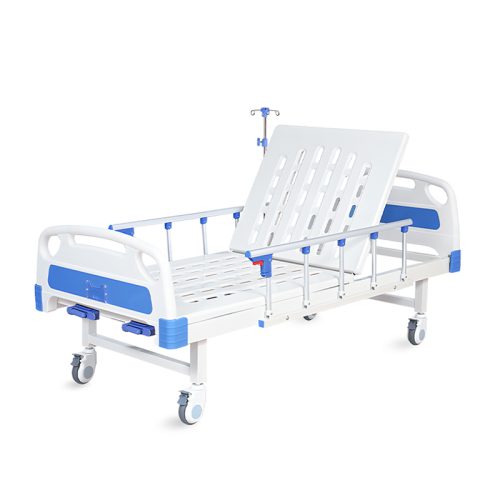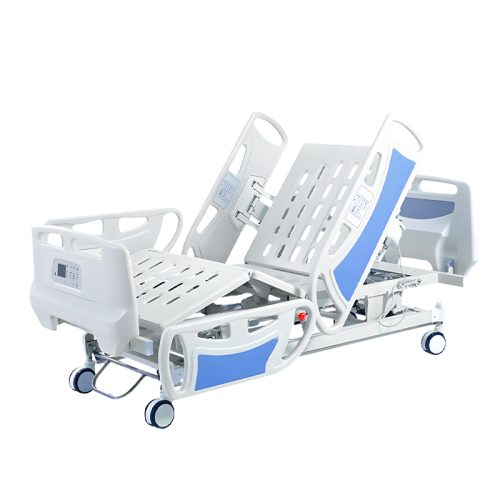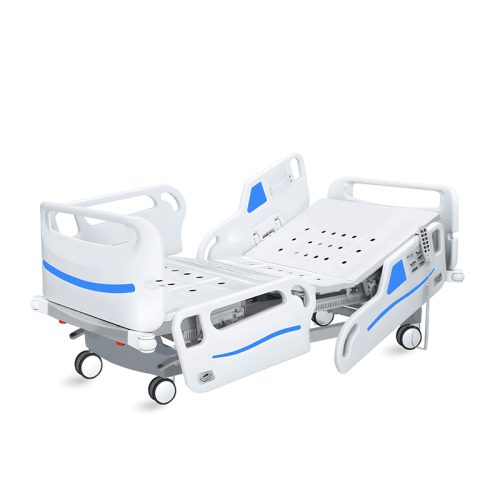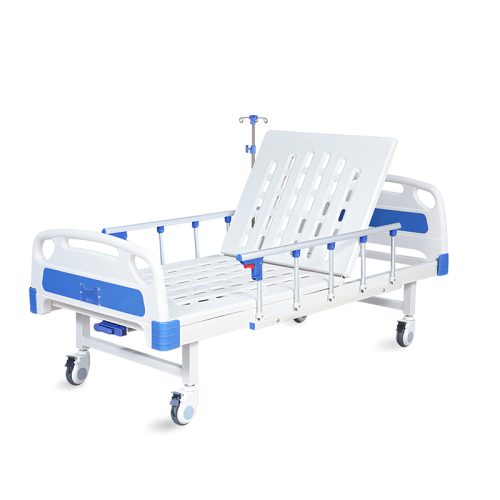
- Hospital Bed
Hospital Beds for Home Use: Comfort, Safety, and Convenience
- By kelingmedical
We will see in this article the major advantages and features of home hospital beds. Let’s see how they can deliver comfort, safety and convenience for the patient – and the caregiver – at a fraction of the cost. When you know what you’re getting, and when you think about the patient, you’ll know what to expect when it comes to choosing a hospital bed at home.
What are the Advantages of Using a Hospital Bed at Home?
Home hospital beds are designed with you in mind for ease and comfort that brings the variety of features that can’t be given by a bed. Some reasons you should opt for a hospital bed at home here are a few:
Comfort for Patients
: Hospital beds are adjustable to put the patient in the most comfortable position for sleeping, sleeping or recuperating. You can tilt or lift the head or foot of the bed to relieve pressure on the back, increase blood flow and ease pain for patients suffering from arthritis, respiratory problems or mobility limitations. As these can be made, patients also can be more self-sufficient in managing their comfort.
Safety Features
Safety is a top concern for any caregiver at home when the patient is old, in the middle of recovery from surgery, or struggling with mobility. Beds in hospitals also come with side rails and locking wheels to prevent falling and keep the patient safe. Also available with adjustable height settings for ease of transfer from bed to other furniture or mobility equipment, avoiding injury to patient and caregiver.
Convenience for Caregivers
Taking care of patients in hospital beds at home is much easier for the family caregiver than having bed. Almost all hospital beds are adjustable via remote, so you don’t have to strain yourself to move patients. Whether it’s turning the head, foot, or bed height, beds are designed to make care less physically taxing for caregivers.
Room for Mobility Aids
Hospital beds have sufficient space for walking or wheelchair or transfer chair aids. It is so that the patient can move safely and independently – whether they need help transferring in and out of bed or just need some shimmy around the room.
The Best Things About Hospital Beds At Home.
Adjustability
Adjustable hospital beds are one of the main differences between these beds and regular beds. These beds allow the head, feet and height of the patient to be adjustable to make the patient feel as comfortable as possible.
Head and Foot Lifts: Having the head lifted can help with respiratory problems, acid reflux, or cardiovascular problems; likewise, having the feet lifted can assist with blood circulation and lower leg swelling.
Height / Height Control: Height controls are most useful to the caregiver because you can raise the bed for ease of transfer or lower it for patients who may fall. You can also dial in height for a reduced physical burden on the caregivers.
Side Rails for Safety
Hospital beds usually have side rails to prevent falls especially in older patients or those with weak legs. These rails keep the patient from kicking out of bed in the middle of the night or while they’re moving. The side rails are often raised for safety purposes or pulled down to access the patient.
Locking Casters
The hospital bed will also come with casters or wheels which allow the bed to move around as needed. Locking casters ensure that the bed doesn’t move while changes are being made or when the patient is asleep. Lockable wheels keep the bed locked into place while being cared for.
Mattress Compatibility
The hospital bed home use needs to be attached with a quality mattress that will give support and comfort. Pressure-relieving mattresses are beneficial for patients who stay in bed for long stretches because they can reduce pressure ulcers and offer a firmer surface to lie on. The main mattresses used with hospital beds are the foam, air and gel mattresses which vary depending on the individual patient.
Ease of Use for Caregivers
Hospital beds at home should also be convenient to handle for those who need to reposition the bed often. Some contemporary hospital beds even come equipped with easy-to-use remote controls that let the caregiver position the bed at a touch of a button. This puts less physical burden on the caregiver, as it is possible to move the patient around without turning the bed manually or moving the mattress.
Durability and Construction
Hospital beds must be constructed to last, especially if they are going to be in use at home. A solid frame, and the use of premium steel or aluminum will make the bed durable and stable. There should also be an evaluation of the weight capacity of the bed, which should be sufficient to support the patient’s weight.
Cost-Effectiveness
Even hospital beds at home are an investment, and many can be found for different budgets. The manual hospital beds (where you need to crank the bed with your hands) are less expensive than electric hospital beds (with remote control). Semi-electric beds – that is, beds that have electrical controls for the head and foot of the bed, but also manual height control – are somewhere between affordable and useful.
Hospital Bed Types At Home What’s The Best Hospital Beds To Use?
Manual Hospital Beds
Often the most economical of all are manual beds, which can be moved around with hand cranks by carers. They are the beds of choice for those patients who do not need a lot of changing, and prefer them when you are in a more stable state.
Electric Hospital Beds
Electric beds can be controlled remotely, so patients and family members can transfer more easily. These beds are the best for patients who need a constant adjustment, including those who are chronically ill, who are mobile or require special positioning in order to control medical conditions.
Semi-Electric Hospital Beds
Semi-electric beds are some electrical (head and foot lift) but must be manually raised or lowered. This system is practical and affordable, which is a common home care product.
Bariatric Hospital Beds
The hospital beds for bariatric patients are made for the extra weight of the patients and are more solidly built. These beds are safer and more comfortable for the patient but also more sturdy for larger patients.
Conclusion
Home hospital beds are a must have when helping and caring for patients who need the care and comfort. Adjustable, safety features and a wide selection of options make these beds suitable for the special circumstances of home healthcare. Whether you’re tending to an elderly loved one or overseeing the care of a patient, the right hospital bed can help the experience of the patient and the care given easier and more convenient.
From adjustability, to safety, to mattress compatibility, and caregiver convenience, you can pick the right hospital bed for the right patient. Whether you want a low-cost manual bed or a sophisticated electric model, hospital beds for home use offer comfort, safety, and convenience that you need to deliver care at home.
📧 Email: inquiry@shkeling.com
🌐 Website: www.shkeling.com.cn
We look forward to building a successful partnership with you!






